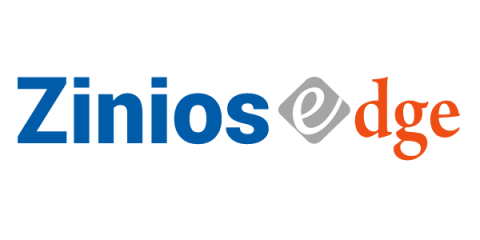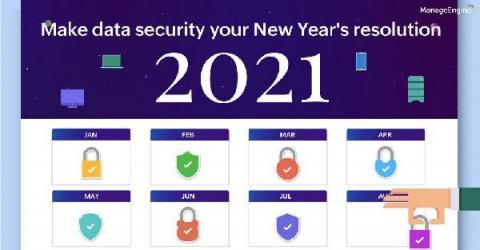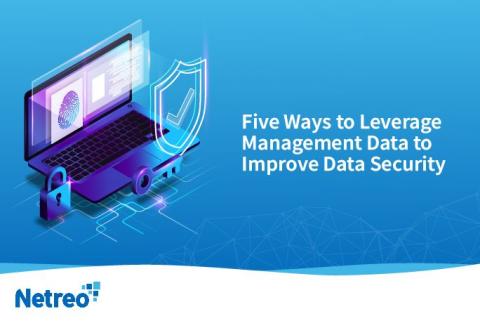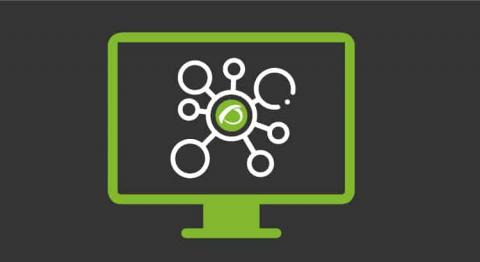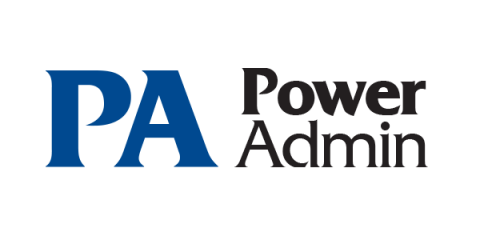Healthcare cybersecurity: Our 6-step plan to secure healthcare data
The HIPAA Journal reported that “2020 was the worst ever year for healthcare industry data breaches.” In the US alone, there were 642 reported data breaches in which the number of records stolen exceeded 500, and in total, nearly 29.3 million healthcare records were exposed.



